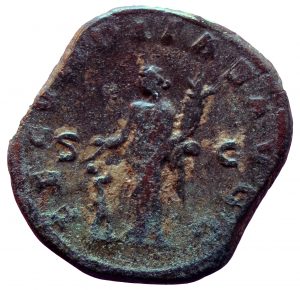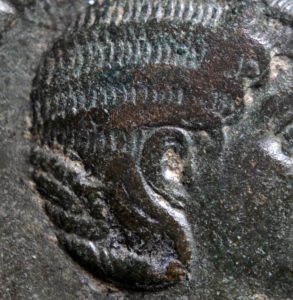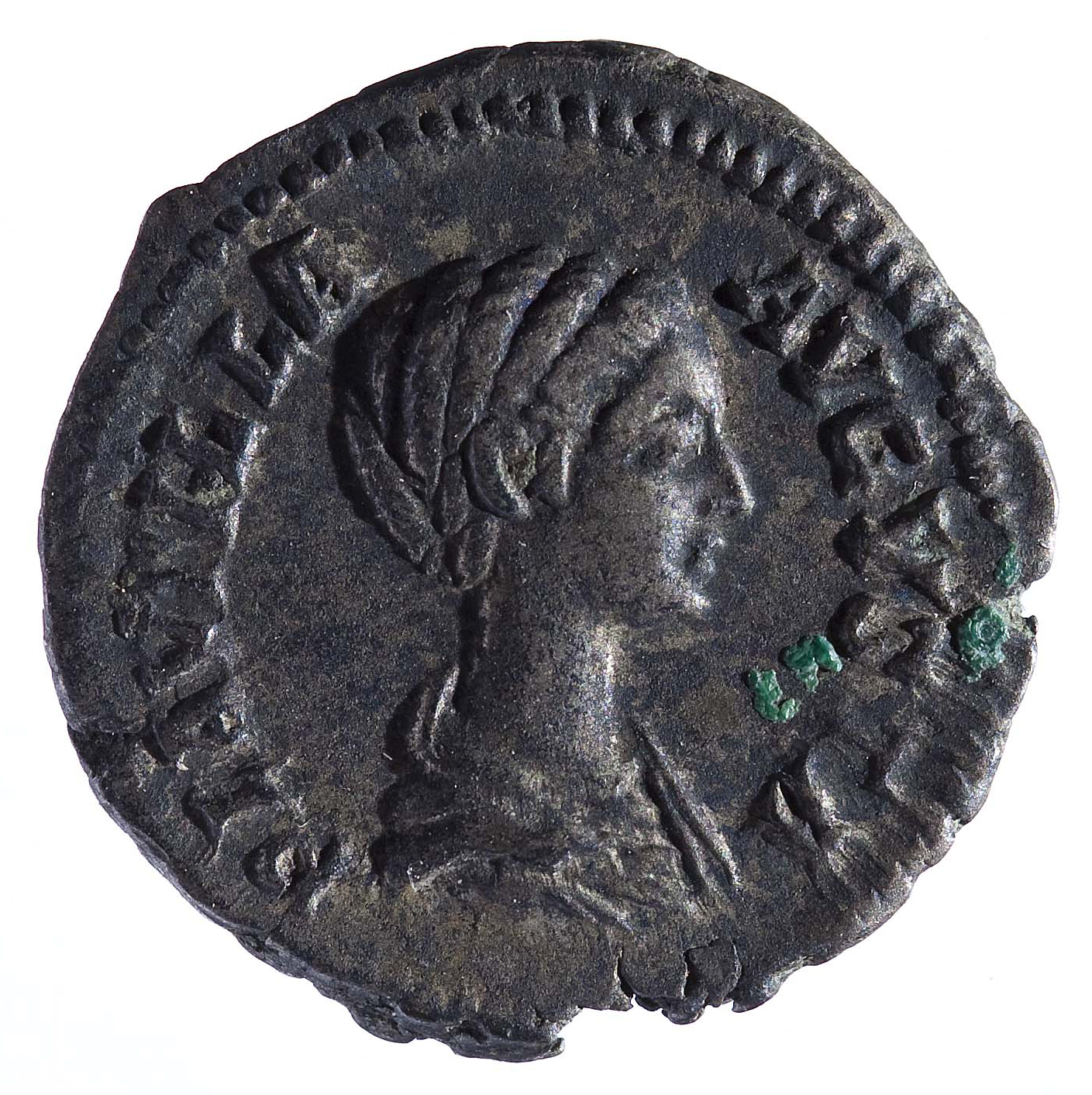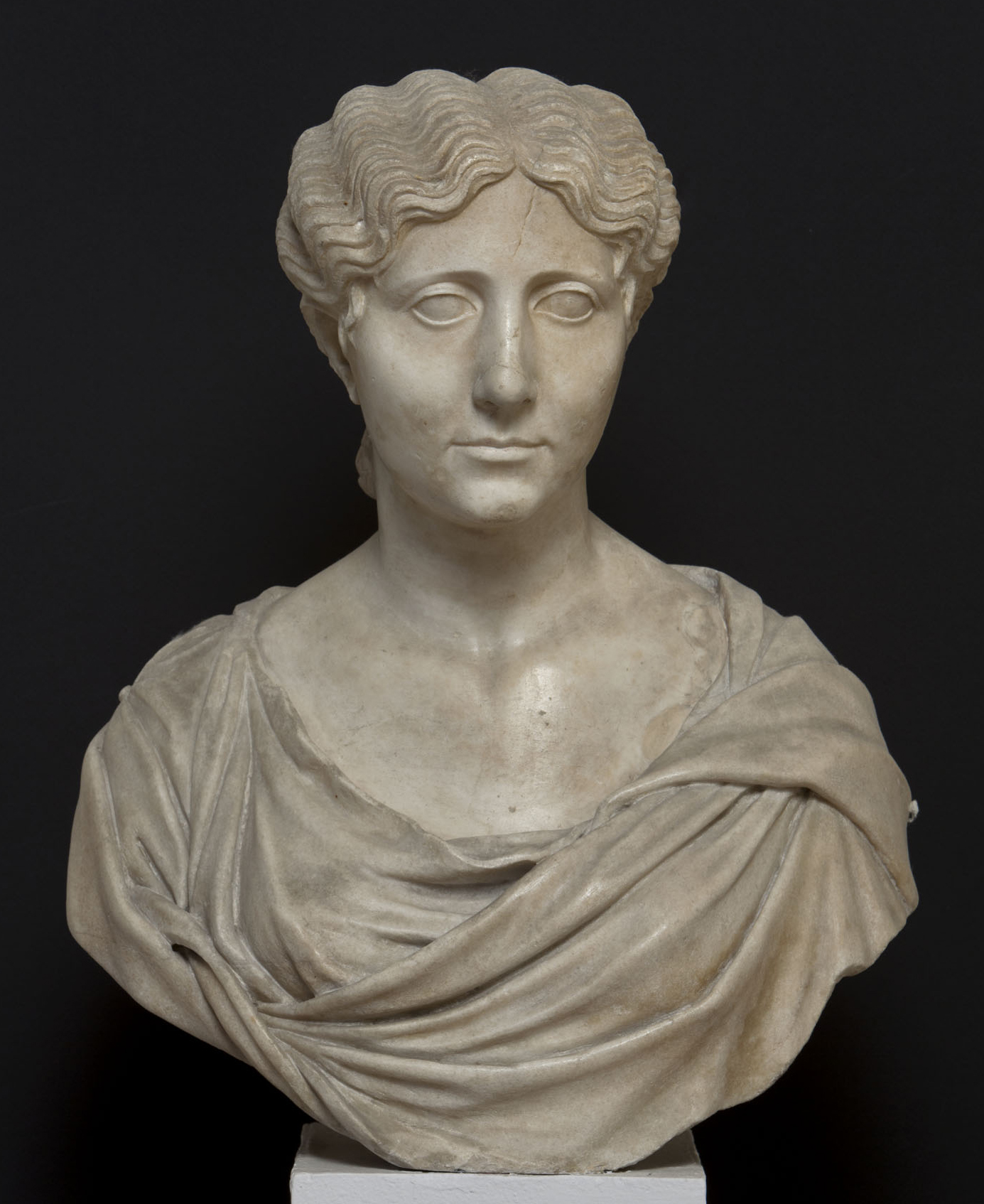
Dominae and fashion: Erennia Etruscilla, the surviving Augusta
During the third century, at the height of military anarchy, political upheavals were the order of the day. Indeed, “soldier emperors” could fall victim to wars or usurpations, thus being killed by other pretenders to the throne who interrupted their plans for dynastic establishment.
One example among many may be that of Trajan Decius, usurper of Philip the Arab and emperor from 249 A.D. to 251, the year of his death. Best known for persecuting Christianity and favoring a restoration of traditional customs, Decius attempted to consolidate his power through a clear dynastic policy, and in this respect an important role was played by his wife Erennia Etruscilla
There is little information about Etruscilla in our possession: she was perhaps of ancient Etruscan origin and also bore the name Cupressenia, probably connected with the cypress tree that, according to Titus Livius’ account, was linked to the cult of Juno Regina. The matron obtained the title of Augusta practically immediately, witnessing the elevation to the rank of Caesar of her two sons Erennius Etruscus and Hostilianus in 250 CE. The following year, the former of the two was named Augustus by Decius, shortly before the Gothic campaign that ended precisely with his death and that of the emperor at Abritto, in Mesia.
With the accession to the throne of Trebonius Gallus in 251 CE, we know that, pr With the accession to the throne of Trebonianus Gallus in 251 CE, we know that, probably for legitimizing purposes, Erennia Etruscilla retained her status at the behest of the new ruler, who also associated himself with the throne of Hostilianus, who died shortly afterwards of the plague. Such decisions, initially, even came to the detriment of the new imperial consort Aphinia Gemina Bebiana and her son Volusianus.
While it is still likely that Etruscilla’s affair ended within the short reign of Trebonianus Gallus, however, from the coinage of Decius we can recognize the prestige bestowed on her, as evidenced by a Roman minted sestertius preserved at the museum, in which Augusta is associated with Fecunditas (RIC IV/3, no. 134).
On the reverse of the coin, from the Martellago treasury, the female virtue is depicted standing to the left, holding a cornucopia and extending her right hand to a child facing her; the legend is FECVNDITAS AVG SC. This typology, introduced beginning with Faustina Minor, was intended to emphasize the prosperity of the dynasty through the figure of the empress (in this case, mother of two heirs) and her prolificacy: later, through the legend Fecunditas Augustorum, an extension of the virtue would be applied to Decius himself.
The law delivers to history a well-defined profile of Etruscilla in her proud expression.
It should be pointed out, however, that its appearance varies greatly from issue to issue, which, moreover, has always made the attribution of full-round portraits very complex. For example, the museum coin has a distinctive rounded forehead that, in other profiles appears, instead, straight.
The nose is depicted pointed with wide nostrils, a fairly prominent chin, and heavy eyelids, which is quite common for late antique portraits.
Anyway, large eyes, an elongated face, and the distance between the mouth and nose are the only features that remain distinctive in portraiture dedicated to Augusta.
Her diademed portrait on a draped bust is associated with a wavy-banded hairstyle that ends in a spiral-wound braid crushed at the nape of the neck, reflecting the fashion of the Severan age. There is also no shortage of cones in which Augusta is depicted with a smooth-banded hairstyle and a flat braid, already seen in portraits of Otacilia Severa, but here folded down to the top of the head.
Michele Gatto
Patricia Caprino
Bibliography
Alexandrescu M. 1997, Un portrait romain de Herennia Etruscilla à Bucarest, in J. Bouzek, I. Ondrejova (eds.), Roman Portraits. Artistic and Literary. Acts of the Third International Conference on the Roman Portraits held in Prague and in the Beçhine Castle from 25 to 29 September 1989, Mainz, pp. 73-74, tavv. 26-27.
Crespo Pérez C. 2011, La propaganda imperial en la numismática del emperador Decio, in Propaganda y persuasión en el mundo romano: actas del VIII coloquio de la Asociación Interdisciplinar de Estudios Romanos celebrado en Madrid los días 1 y 2 de diciembre de 2010, Madrid/Salamanca, pp. 497-514.
Diegi R. 2009, Le monete di Traiano Decio e della sua famiglia, in “Panorama numismatico” 246, pp. 3-10.
Horster M. 2007, The emperors family on coins (third century): ideology of stability in times of unrest, in O. Hekster, G. de Kleijn, D. Slootjes (eds.), Crises and the Roman Empire. Proceedings of the seventh workshop of the international network impact of empire (Nijmegen, June 20-24, 2006), Leiden, pp. 291-309.
RIC IV/3 = H. Mattingly, E.A. Sydenham, C.H.V. Sutherland, Gordian III – Uranius Antoninus, London, 1962.




